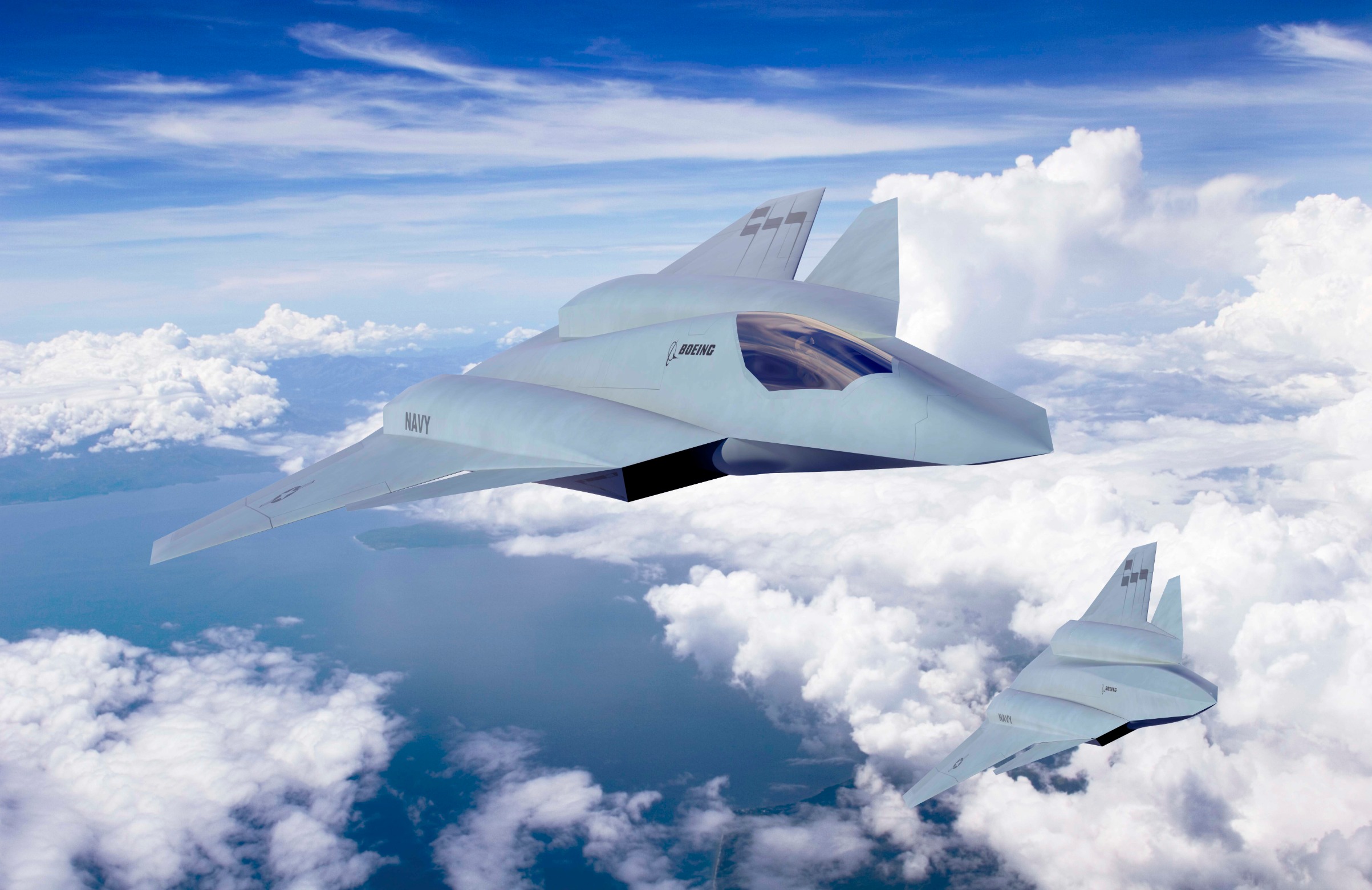Already a subscriber? Make sure to log into your account before viewing this content. You can access your account by hitting the “login” button on the top right corner. Still unable to see the content after signing in? Make sure your card on file is up-to-date.
The US Air Force’s Next Generation Air Dominance (NGAD) program, focused on developing a sixth-generation fighter jet, is facing potential budget cuts due to financial constraints. The initial five-year budget of $28.5 billion might be adjusted due to other commitments, including the Sentinel Program, which is 81% over budget. This financial pressure could lead to design changes for the NGAD program, potentially favoring a single-engine model or increasing investment in unmanned drones.
What’s the Deal: The NGAD program aims to replace the F-22 Raptor with a revolutionary sixth-generation fighter jet. This new aircraft will feature state-of-the-art stealth, laser weaponry, and advanced AI capabilities.

Program’s Projected Costs: Initially, the total program cost was estimated to exceed $100 billion for 200 aircraft, including maintenance and upgrades. The program’s $28.5 billion budget through 2029 may be stretched over a longer period or reduced. Despite this, the anticipated 2026 budget of $3.1 billion will likely be cut, potentially delaying development by two years.
Attempts to Cut Costs: In an effort to reduce costs, the Air Force is considering shifting from a two-engine to a single-engine design. Additionally, some funds initially intended for the NGAD program might be diverted to the Collaborative Combat Aircraft initiative, which focuses on developing unmanned drones.
Boeing & Lockheed Martin Not Happy: The potential downsizing or delay of the U.S. Air Force’s NGAD program could significantly impact Lockheed Martin and Boeing. Lockheed Martin expected the program to be a substantial revenue source, while Boeing invested $1.8 billion in new facilities to support NGAD production.

Digging Deeper: The Air Force’s budget reconsiderations are mainly influenced by overruns in other programs, including the Sentinel ICBM replacement. This program, which has exceeded its initial budget by over 81%, is now estimated to cost nearly $141 billion. Despite the increased costs and delays, the Pentagon considers the Sentinel nuclear weapons program “essential” to US national security, citing threats from China and Russia as compelling reasons to move forward with it.
A Race: In addition to the United States, other countries are actively developing sixth-generation fighter jets. The United Kingdom, Italy, and Japan have teamed up under the Global Combat Air Program (GCAP) to develop a next-generation fighter, with a demonstrator expected by 2027. France, Germany, and Spain are collaborating on the Future Combat Air System (FCAS), aiming to have their advanced aircraft operational by 2040. Russia is also pursuing a sixth-generation fighter, including projects like the Mikoyan PAK DP, which may feature unmanned capabilities. China is believed to be working on its own program, though specific details are highly classified.






